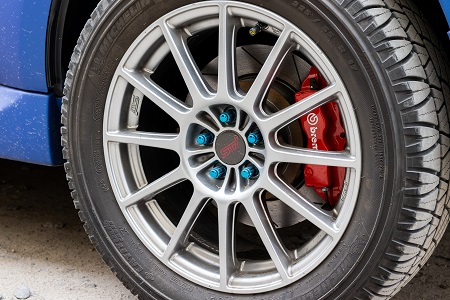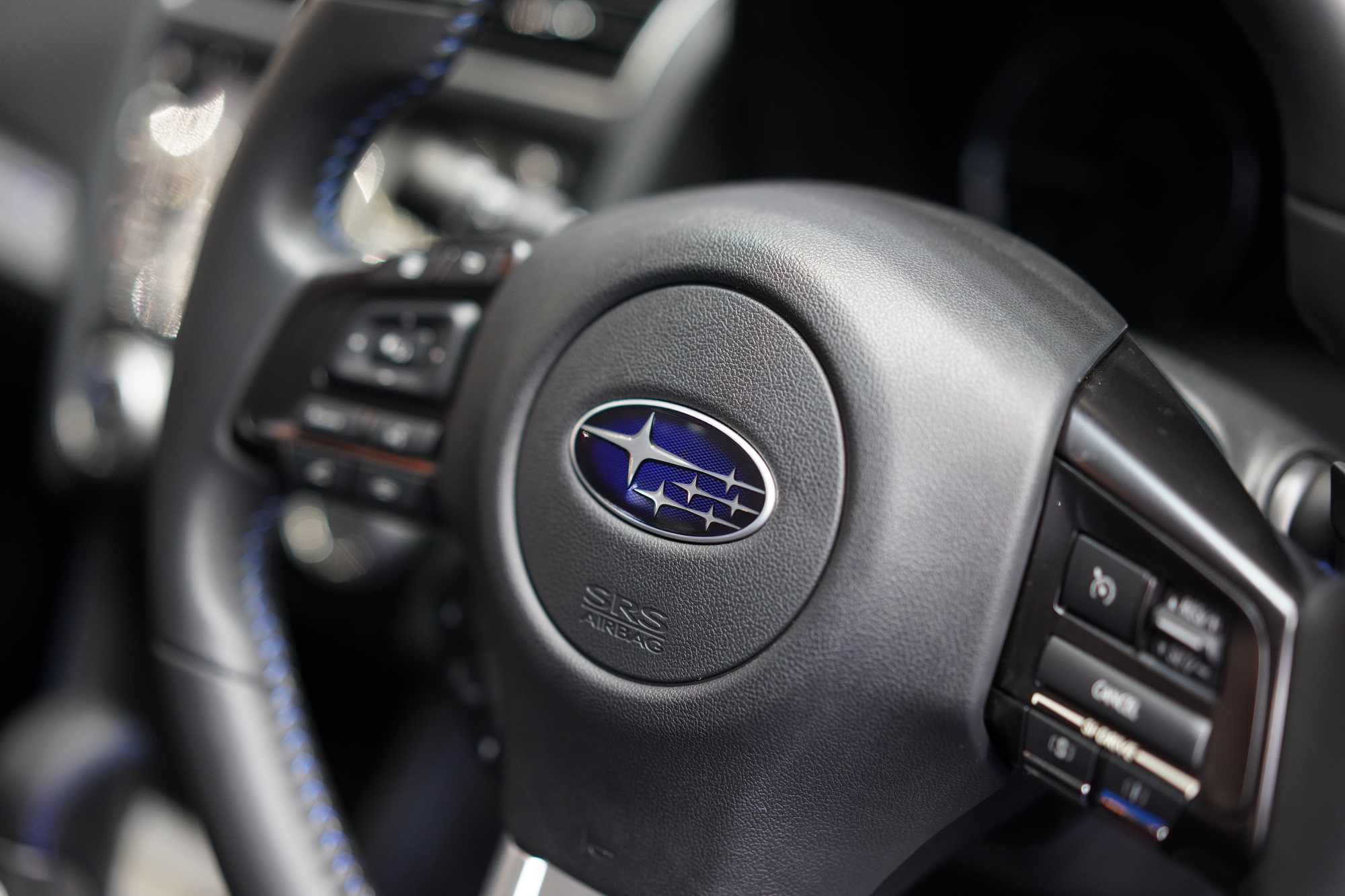You’re a proud Subaru owner. But, like any vehicle, it’s got its quirks and needs. From understanding your maintenance schedule to decoding that pesky check engine light, there’s a lot to keep track of.
Don’t worry; we’ve got you covered. In this article, we’ll answer your most common Subaru services questions.
So, buckle up; let’s take a ride through the ins and outs of keeping your Subaru running smoothly.
What Is a Subaru’s Maintenance Schedule?
You’re probably curious about the maintenance schedule for your Subaru.
Well, it’s important to follow the manufacturer’s recommended maintenance schedule to keep your vehicle running smoothly.
Generally, Subaru recommends an oil change every 6,000 miles or six months, whichever comes first, and tire rotation every 7,500 miles.
Brake fluid should be replaced every 30,000 miles or 2 years. Additionally, your air filter should be checked and replaced, if necessary, every 10,000-15,000 miles.
Moreover, you should have your spark plugs replaced every 60k miles or sooner.
Remember, this is a general guideline; always check your CBS onboard computer on newer model Subaru’s, and check your manual on older model Subarus.
Regular maintenance ensures the longevity and performance of your Subaru.
How Do I Know I Need Service?
How often do you find yourself questioning whether your Subaru needs service or not, and does it coincide with the recommended maintenance schedule? Understanding when your vehicle requires attention can be challenging. Various factors come into play, such as unfamiliar noises, abnormal behavior, or warning lights on your dashboard.
If you notice these or any other unusual signs, it’s essential to get your Subaru checked immediately. Sticking to the regular maintenance schedule helps to avoid sudden, unexpected issues, ensuring the longevity and optimal performance of your vehicle.
Therefore, don’t ignore those little signs; they might be indicating something significant. Remember, timely service is crucial for your Subaru’s health and can save you from costly repairs in the long run.
Subaru Head Gaskets
Subaru has an unfortunately poor reputation for it’s cylinder head and gasket design. These vehicles have a reputation for being built tough; however head gasket failure is the achilles heel for Subaru. It is strongly recommended to inspect your vehicle for coolant leaks approximately every other year or change every 12,000 miles. If there are signs of coolant leaks, we recommend performing a cooling system pressure test. It is also recommended to service your cooling system/flush cooling system every 2 years regardless of mileage.
Unpacking Subaru’s Brake System and Its Service Needs
In this section, we’re diving into the specific service needs of Subaru’s brake system and what you should look out for. It’s crucial to your safety on the road that your Subaru’s brakes are in top condition. You must pay attention to signs of wear, such as squeaking, grinding noises, or a spongy brake pedal. If you’re experiencing any of these, it’s a clear sign that your brakes need professional attention.
Subaru recommends a brake fluid change every 30,000 miles or 2 years, whichever comes first. It’s also recommended to have your brake pads inspected every 12,000 miles or annually. Don’t ignore these guidelines! Regular brake maintenance ensures your Subaru continues to deliver the performance you’ve come to love.
How Do I Decode the Mystery of My Subaru’s Check Engine Light?
When your Subaru’s check engine light comes on, it’s a real brain teaser, but don’t worry, we’ll help you decode its mysterious signals. This light is part of the onboard diagnostic system, signaling problems relating to your engine’s performance. It’s crucial not to ignore it, as doing so might lead to more serious issues.
The light could mean several things, from a loose gas cap to a faulty spark plug. It’s not always a dire situation, but you shouldn’t take chances. If it’s flashing, that’s a sign of a severe issue requiring immediate attention.
Take your Subaru to a trusted mechanic, who’ll use a diagnostic tool to read the trouble codes and assess the problem accurately. Remember, prevention is always better than cure.
How Do I Decode the Mystery of My Subaru’s Check Engine Light?
When your Subaru’s check engine light comes on, it’s a real brain teaser, but don’t worry, we’ll help you decode its mysterious signals. This light is part of the onboard diagnostic system, signaling problems relating to your engine’s performance. It’s crucial not to ignore it, as doing so might lead to more serious issues.
The light could mean several things, from a loose gas cap to a faulty ignition coil. It’s not always a dire situation, but you shouldn’t take chances. If it’s flashing, that’s a sign of a severe issue requiring immediate attention.
Take your Subaru to a trusted mechanic, who’ll use a diagnostic tool to read the trouble codes and assess the problem accurately. Remember, prevention is always better than cure.
Subaru, specifically, will illuminate your ABS warning light when specific engine related faults occur even though your ABS system is likely not faulting. Little nuances such as this make a point that a Subaru experienced technician is ideal for efficiently diagnosing and repairing your vehicle.
How Should I Take Care of My Subaru’s Tires?

You’ve got to pay attention to the tire pressure on your Subaru for the sake of both safety and fuel efficiency. Underinflated tires can cause uneven wear, reducing your car’s handling capabilities and potentially leading to a blowout. Overinflated tires, on the other hand, can reduce traction, making it harder to control your vehicle.
Regularly check your tire pressure with a reliable gauge, ideally when the tires are cold.
You should also rotate your tires every 6,000 to 8,000 miles to ensure even wear. Regular alignment checks are essential, too, as misalignment can cause rapid and uneven tire wear.
Finally, don’t forget to inspect your tires for signs of damage or wear, such as cuts, bulges, or tread wear indicators showing.
Regular tire maintenance service can save you money and keep you safer on the road.
How Often Do I Change My Subaru’s Oil?
Let’s shift gears and focus on your Subaru’s oil-change schedule, another critical aspect of car maintenance.
Typically, Subaru recommends changing your vehicle’s oil every 6,000 miles or 6 months, whichever comes first. However, this can vary depending on your specific model and driving conditions. Even with high mileage synthetic oils, our recommendation is to perform oil changes at no later than 6,000 miles.
If you’re frequently driving in harsh conditions, such as heavy traffic, extreme temperatures, or off-road, you might need to change your oil more often. It’s always best to consult your Subaru specialist to confirm.
Bring Your Subaru into Trafton’s Foreign Auto for Any Services You Need
So, bring your Subaru into Trafton’s Foreign Auto for any services you need, and you’ll be cruising down the road without a worry, knowing that you’re in safe hands. Our ASE-certified technicians have extensive experience with all Subaru models, whether it’s an Outback, Legacy, WRX, Ascent, or Crosstrek, ensuring your vehicle stays in peak condition.
From detailed diagnostics to expert repairs, we’ve got you covered. Since 1978, we’ve been the go-to choice for Subaru owners, trusted for our reliable service and expertise. Your Subaru’s longevity and performance are our top priority.
Don’t compromise on your vehicle’s maintenance; trust Trafton’s Foreign Auto and experience the difference a professional, experienced mechanic can make.
Contact us today for exceptional customer service and high-quality service.
Visit our About Us page for more information about our auto repair shop.

